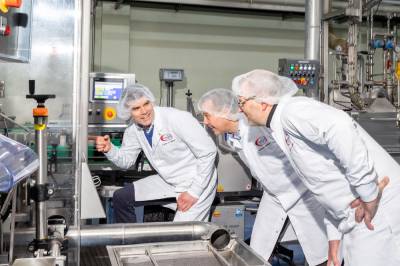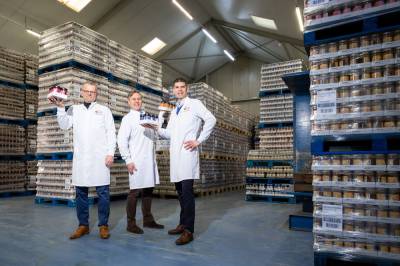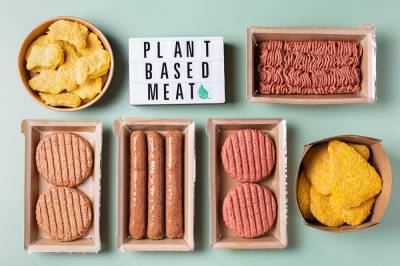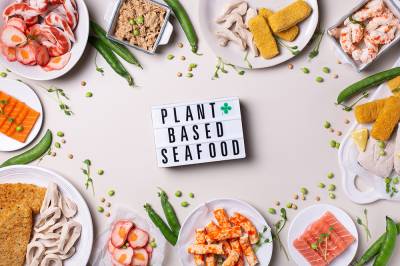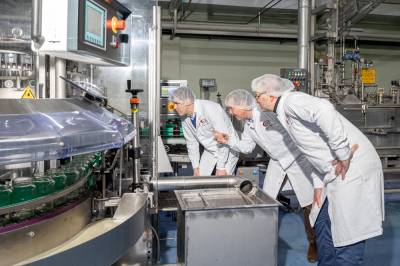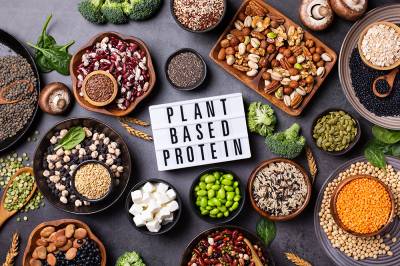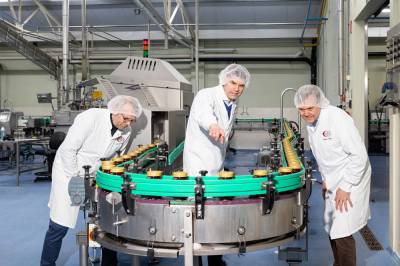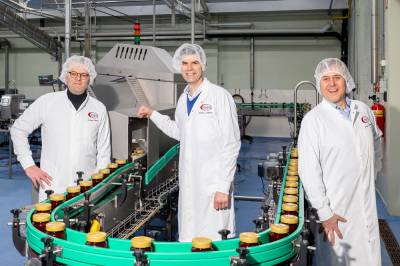
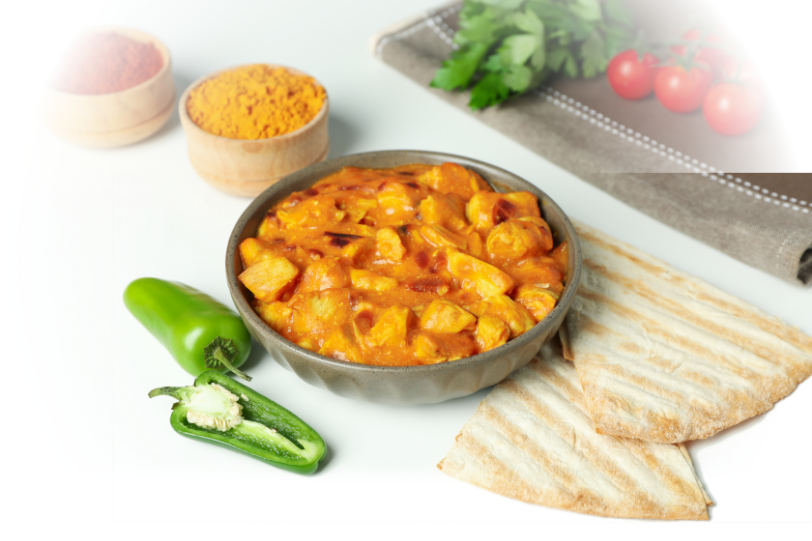





Streamlining Logistics for Food Brands Entering the EU

Navigating the logistics landscape post-Brexit can be a daunting task for UK food brands seeking to enter the EU.
The new regulatory framework, customs checks, and transportation challenges have significantly complicated cross-border trade. However, for food brands aiming to succeed, it is crucial to have not just the right transportation strategy, but an integrated supply chain management approach that covers everything from co-manufacturing to product launch.
At Cibus Nexum, we understand that logistics is not just about moving products from point A to point B. It is about ensuring that every step of the supply chain—from production to final delivery—functions perfectly, particularly when working with outsourced co-manufacturers.
That is where our FoodFlow Method steps in, optimizing every aspect of the supply chain to ensure on-time deliveries, quality control, and regulatory compliance.
The Post-Brexit Logistics Landscape: Key Challenges
1. Customs Delays and Documentation
The introduction of customs checks between the UK and the EU has caused significant delays in transportation, particularly for perishable goods.
Ensuring that all documentation is in place and compliant with EU standards is now essential for avoiding these delays.
2. Cross-Border Transportation
The movement of food products across borders comes with its own set of logistical hurdles, especially when dealing with temperature-sensitive items like fresh produce or frozen foods.
Ensuring that products keep their quality throughout the journey is especially important for maintaining customer satisfaction and brand reputation.
3. Supply Chain Coordination with Co-Manufacturers
Logistics is not just about the physical transportation of goods.
For brands working with partners in the EU, it is also about ensuring smooth communication and coordination across the entire supply chain. Aligning production schedules with transportation windows ensures that products are delivered on time and in optimal condition.
4. Partner Selection and Management: Aligning with Your Brand Goals
Selecting partners in the EU who can uphold the same quality standards as your UK operation is vital for long-term success.
Without effective management, there is a risk of misalignment, inconsistent product quality, or even supply chain disruptions.
Proper management is essential to ensure that these partners support your brand’s goals.
How to Integrate Logistics and Transportation into the Supply Chain
At Cibus Nexum, we believe that logistics should be treated as an integral part of the broader supply chain strategy, not as something separate.
Our FoodFlow Method is holistic, ensuring that logistics and transportation are seamlessly integrated with production and partner management.
1. Designing a Logistics-Friendly Production Strategy
In the Design phase of the FoodFlow Method, we work with your team to map out every step of the production and delivery process. This includes factoring in the logistics of transporting goods from co-manufacturers in the EU to your distribution centres.
By addressing logistics early in the planning process, we ensure that transportation requirements align with production timelines and regulatory needs.
2. Finding Partners with Strong Logistics Capabilities
During the Find phase, we help you identify the right co-manufacturers and ensure that these partners are equipped to handle the complexities of cross-border logistics.
This includes selecting partners who have experience working with UK brands and who are familiar with the specific transportation challenges that come with Brexit-related regulations.
3. Onboarding Partners with Integrated Logistics Solutions
In the Onboard phase, we go beyond basic partner selection.
We ensure that your co-manufacturers have the necessary logistics infrastructure in place, such as temperature-controlled shipping and a deep understanding of the customs process.
This means your products can move smoothly through the supply chain with minimal disruption.
4. Launching with Coordinated Supply Chain Management
During the Launch phase, we focus on ensuring smooth collaboration between all stakeholders in the supply chain, from production to transportation.
This close coordination helps identify and mitigate any potential issues before they escalate, ensuring that products reach their destination on time and in optimal condition.
Case Study: A UK-Based Frozen Foods Brand
One of our clients, a UK-based frozen foods brand, faced significant transportation delays when attempting to expand into the EU.
Customs checks were causing perishable goods to arrive late, impacting product quality, and increasing costs.
By leveraging the FoodFlow Method, we helped them streamline their production processes and align transportation schedules with EU-based co-manufacturers.
The result was a 25% reduction in transportation delays and a marked improvement in customer satisfaction across EU markets.
Conclusion
Post-Brexit, the complexities of logistics and transportation are only one part of the challenge for UK food brands.
To succeed in the EU, brands need a fully integrated supply chain strategy that includes co-manufacturing, quality control, and regulatory compliance.
At Cibus Nexum, our FoodFlow Method ensures that every aspect of the supply chain is aligned, from production to final delivery, giving brands the confidence they need to enter the EU market smoothly and efficiently.
If your brand is navigating post-Brexit logistics and requires a streamlined approach to managing your supply chain, contact Cibus Nexum today to learn how we can help you integrate logistics into your broader production strategy.
Sign up for the latest tips and that you can put into practice right away.

Call me back request



